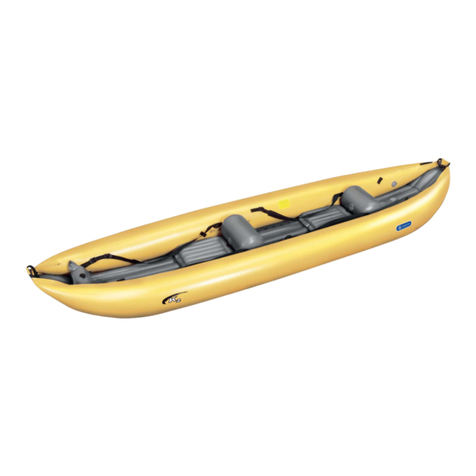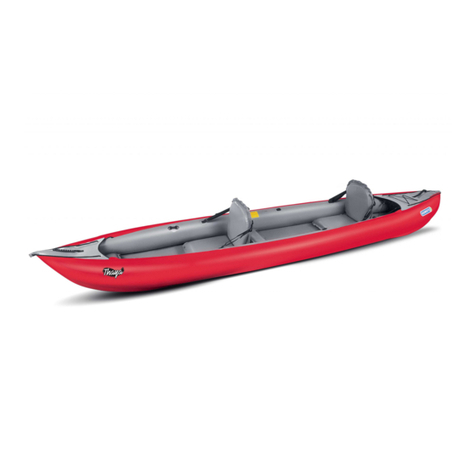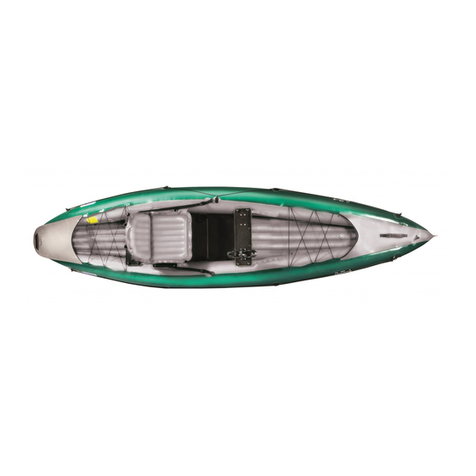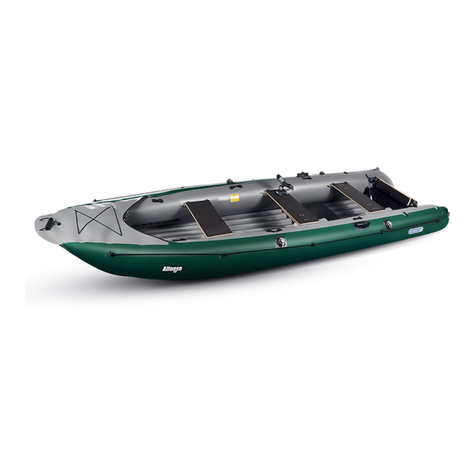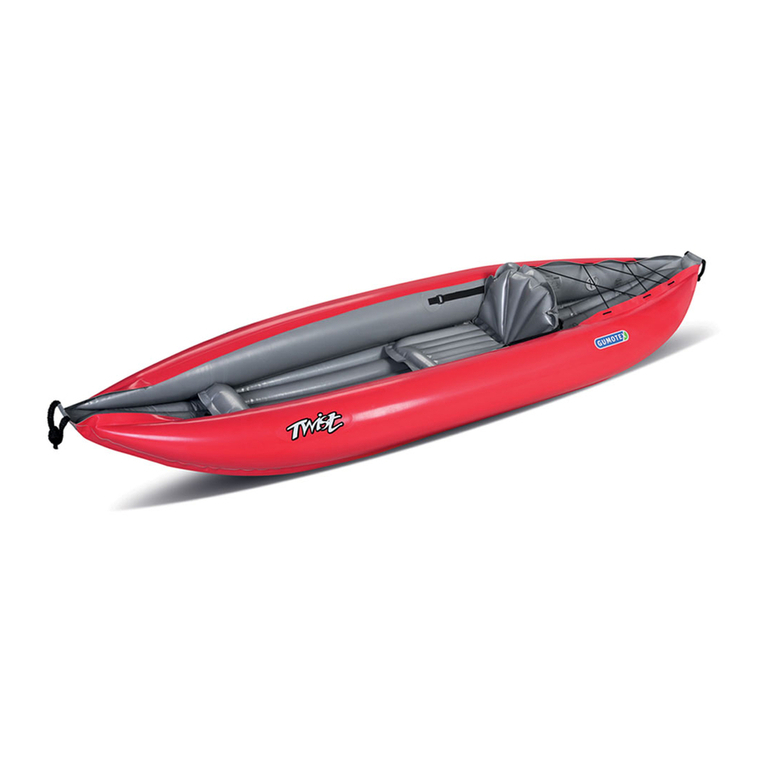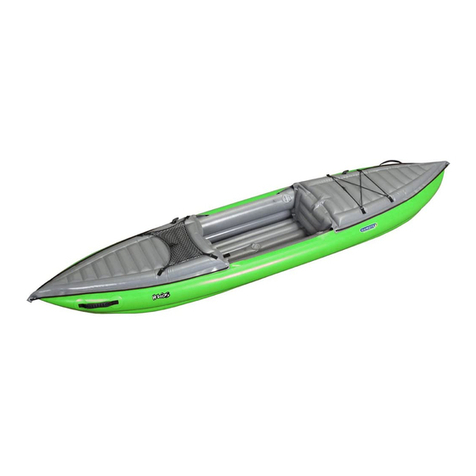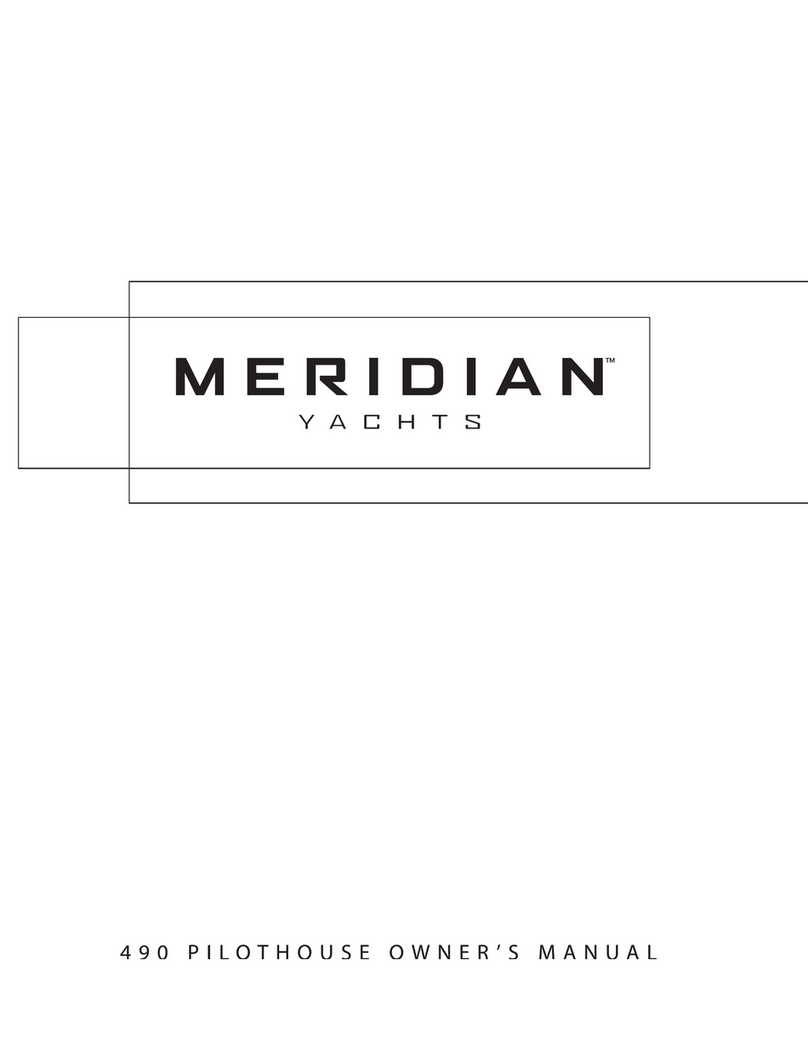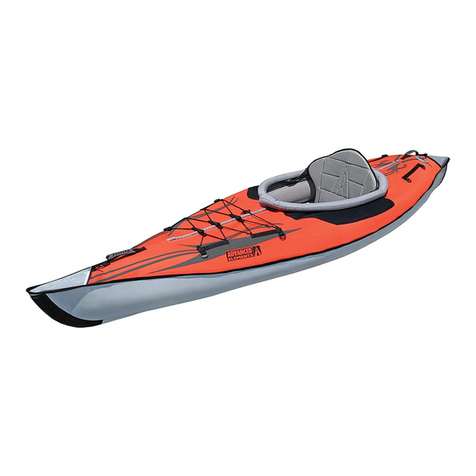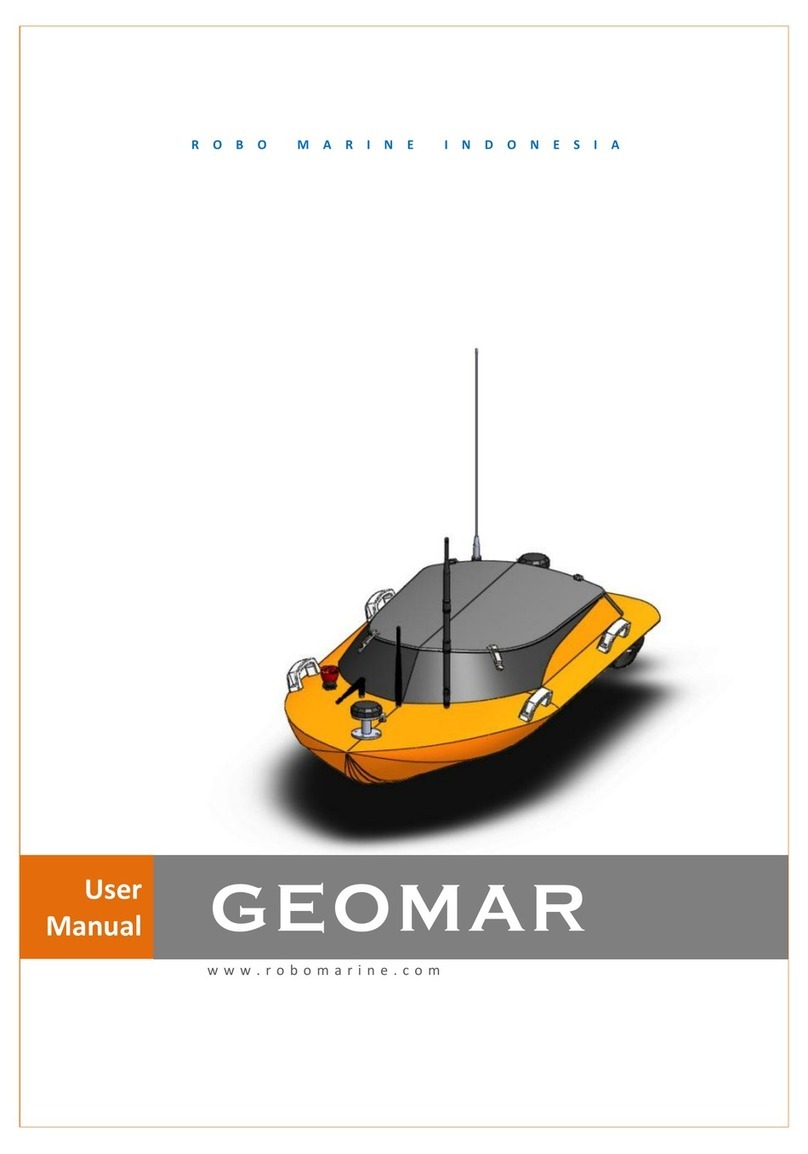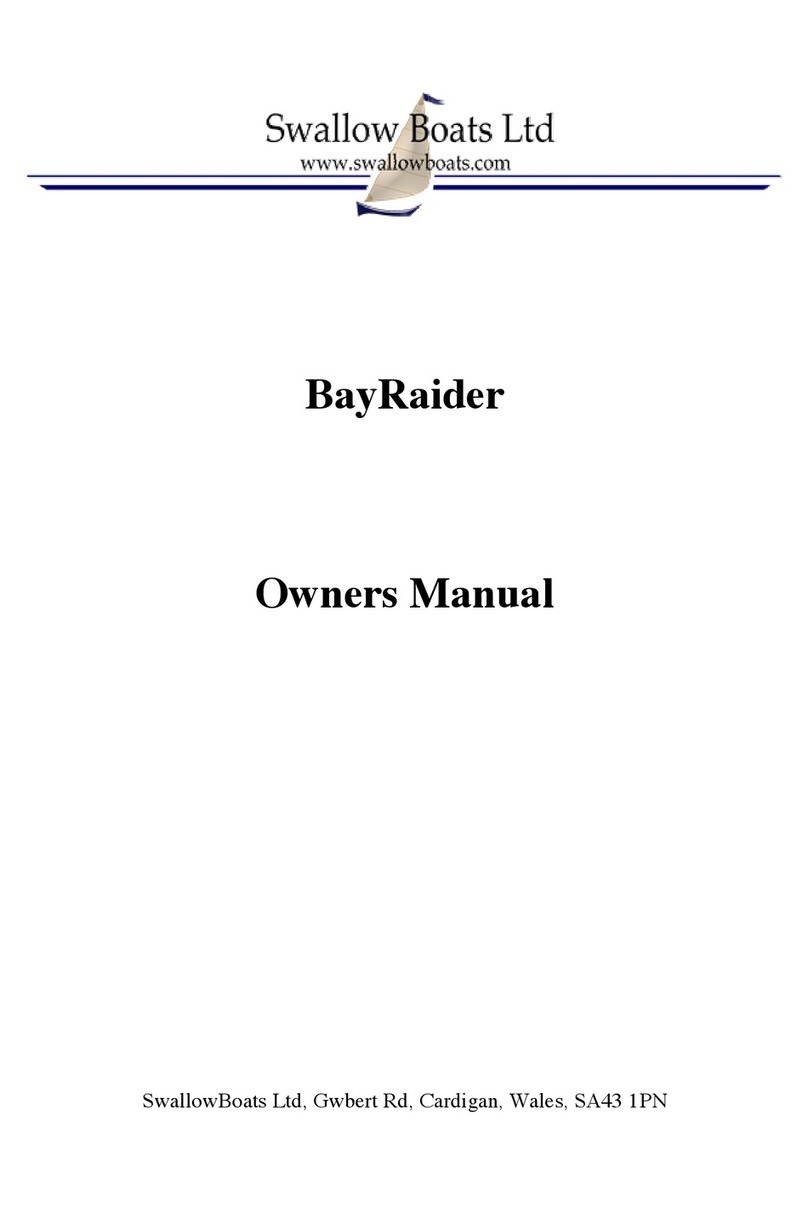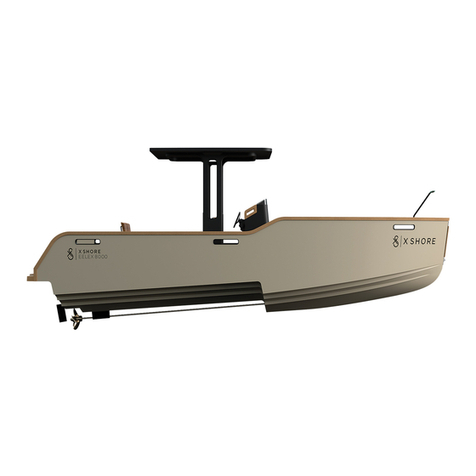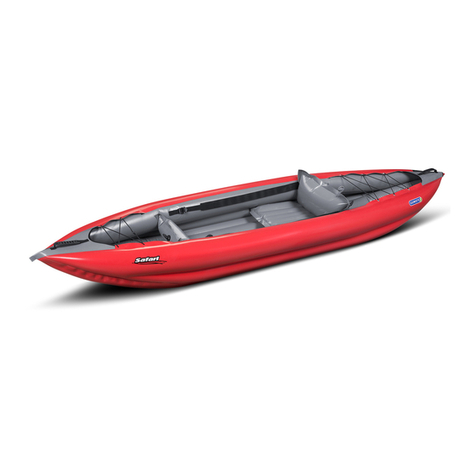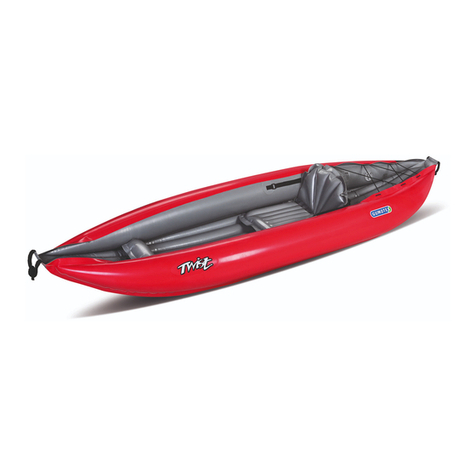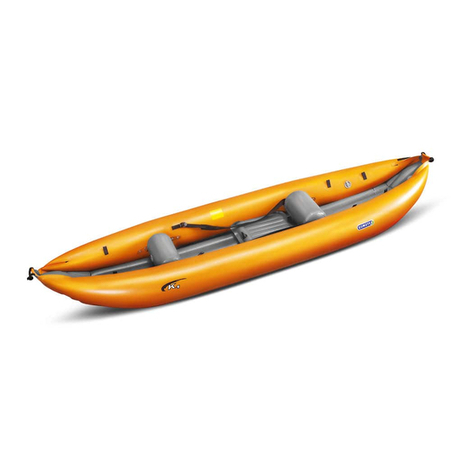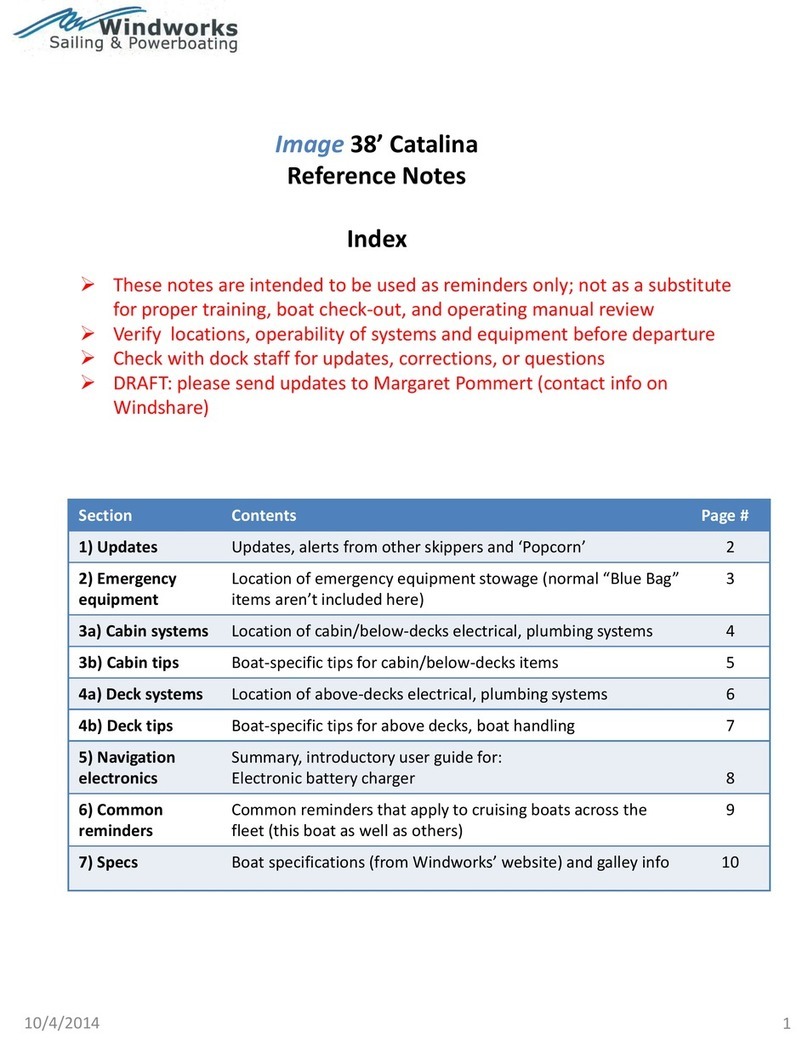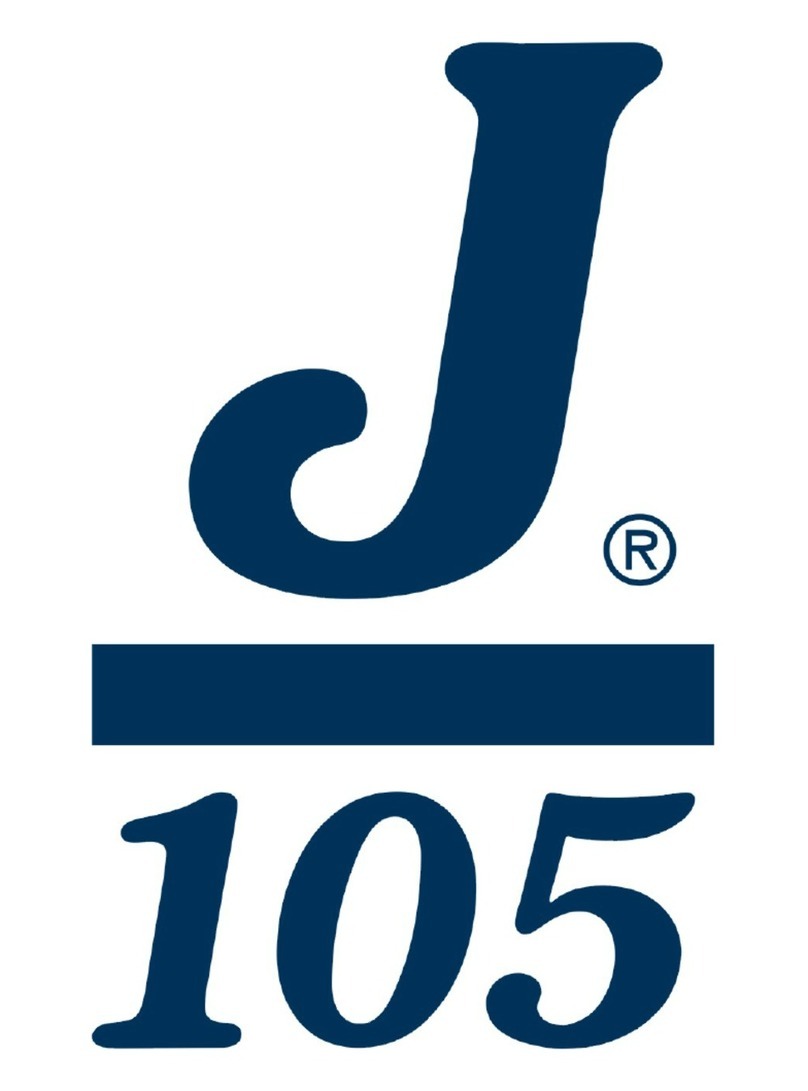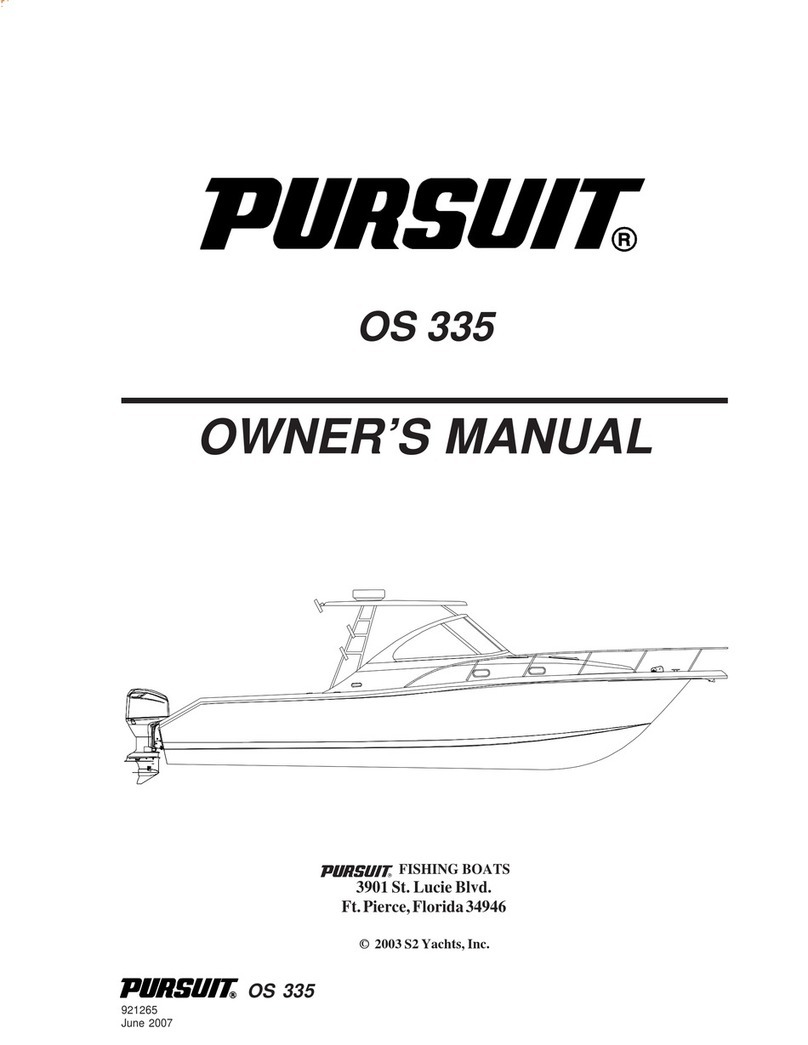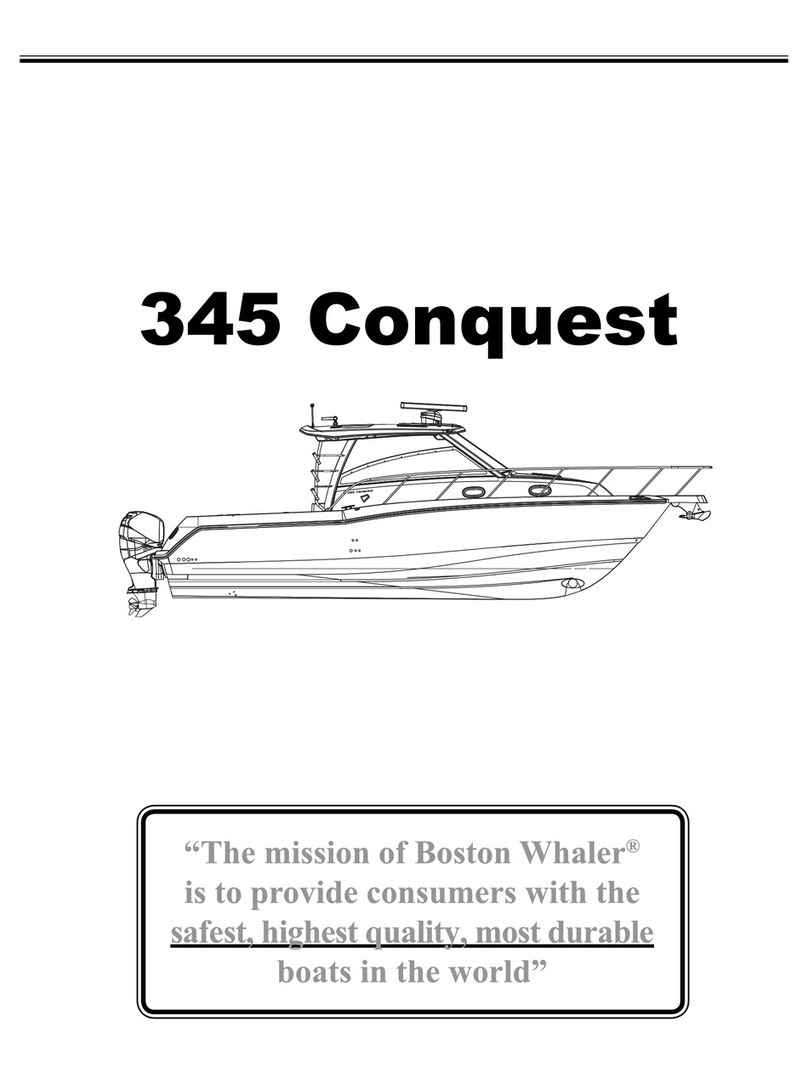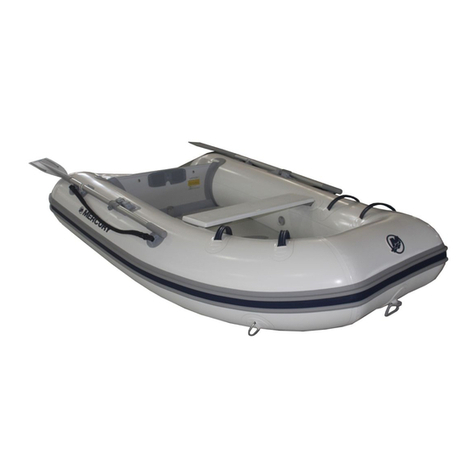
9
l
l
ATTENTION
When using the boat, always seal the valves with their
valve caps. This will keep dirt out of the valves. Dirt can-
cause leaky valve seals.
TheSeawavekayakisdesignedforrecreationaluseandwa-
tertourism.
Wheneverthekayakisusedonwaterways,WaterwayTrac
Rulesshouldbeobserved.OperationoftheSeawaveainat-
able canoe does not require any licence provided the people
whooperatethecanoeknowthetechniquesofsmallboatop-
eration within the scope necessary for its operation, as well as
thevalidnavigationrulesoftheparticularcountry.
TheSeawavekayakcanbeusedonstillorgentlyowingwa-
tersuptoDicultyGradeWW2.Thisisonlyarecommended
use,italwaysdependsonthespecicabilitiesoftheuser!Use
double-bladedkayakpaddleswithalengthofapprox.210cm.
Peopletravellinginthekayakshouldsitintheirseatsandwear
otationlife-jackets.
Themanufacturerrecommendsusingtheboatinsucientwa-
tercondition(seeControltable-draught).
ATTENTION
Prior to every use of the boat, check whether it is neces-
sary to observe any special regulations, restrictions or
rules connected with the river, surface of water or area
in which you aim to operate.
The boat is not intended for towing a motor boat, it
must not be slipped or otherwise excessively stressed.
In case of emergency, use the handle to at bow of the
boat to tow.
Sharp edged and pointed items carried in the boat must
be safely wrapped.
Place all valuables into a waterproof container and fas-
ten it to the boat.
Over time, sunlight adversely aects the rubber coating
of the boat; therefore, it is advisable to store the boat in
shade each time after use.
CAUTION:
On large surfaces of water (seas, lakes) pay atten-
tion to water currents and o-shore breezes. Cur-
rents and breezes may make it impossible to return
to shore.
The Seawave kayak should not be used in poor
conditions, such as In reduced visibility (night, fog,
rain).
Specications of the WW 2 diculty grade - moderately
dicult:
• irregularwavesandcurrents,rapidsofmoderatediculty,
weakeddiesandwhirls,lowgradients,smallrapidsinhea-
vilymeanderingorbadlytransparentwatercourse
• regularcurrentandlowregularwaves,smallrapids,simple
obstacles,frequentmeanderswithrapidlyowingwater.
ameshbag,gluingsetcontainingglue,patchesandvalve
adapter,Skeg-n.
SPECIAL ACCESSORIES: (These may be bought with the kayak)
-Three-seatversioninatableseat
-Coveringboard
Rolloutthekayak.Slipthetrackingnintothebottomanchor
point(15)Inateseatsandfootrestsbeforeassembling.Fig.2
showsthevalve(10)handling.Assembleseatsandfootrests
onthedeatedkayak.
Thankstoitsdesign,theSeawavekayakmaybeusedinone-,
two-,orthree-seatversions-RefertoFig.1.
One-seat version assembly:
Fixtheseat(7)intothebottomanchorpoint(16).Pulltheseat
backreststraps(19)through the seat anchor points (17) on
side chambers marked as <1>. Pull the strap ends through
theplasticbuckle(20)-RefertoDetailA.Fixthefootrestsized
34x16 mm (8) to the second position in the bottom anchor
point (16), pull the strap through the bottom plastic buckle
andtightenit.Correctpullingofthestrapthroughthebuckle
is shown in Detail B.
Two-seat version assembly:
Fixthefrontandrearseats(7)inthebottomanchorpoint(16).
Pull the seat backrest straps (19) through the seat anchor
points(17)onside chambersmarkedas<2>. Pull the strap
endsthroughtheplasticbuckle(20)-RefertoDetailA.Fixthe
footrestsized34x16mm(8)totherstpositioninthebottom
anchorpoint(16),xthefootrestsized45x19mm(9)tothe
third position in the bottom anchor point (16), pull the strap
throughthebottomplasticbuckleandtightenit.Correctpulling
ofthestrapthroughthebuckleisshowninDetailB.
Three-seat version assembly:
Fixtheseats (7) into the bottom anchor point (16). Pull the
seatbackreststraps(19)throughtheseatanchorpoints(17)
onsidechambersmarkedas<3>.Pullthestrapendsthrough
theplasticbuckle(20)-RefertoDetailA.Inthisversion,use
thefrontfootrestsized34x16mm(8)onlyxittotherstposi-
tioninthebottomanchorpoint(16),pullthestrapthroughthe
bottomplasticbuckleandtightenit.Correctpullingofthestrap
throughthebuckleisshowninDetailB.
Inatetheairchambersinsequence:Sidechambers(1),the
bottom(2).Useafoot-pumporpistonpumpwithvalveadap-
torforinating-RefertoFig.2b(theadaptorisincludedinthe
kayakbondingset).Checktheconditionofthevalvesbefore
inating.SetthevalvestotheOFFposition.Valvehandling-
RefertoFig.2.Inatetheairchambersuntiltheyarermbut
notcompletelysti.Theairchambersshouldprovideafeeling
comparable to squeezing a ripe orange. You can check the
exactoperatingpressurebyusingasuitablepressuregauge
(optionalaccessory)–seeFigure2a.Thevalvehandlingtool
-RefertoFig.2c-istheoptionalaccessory.
Fortransferring the kayak, use the handle (12)on the front
and rear board.
ATTENTION
The maximum operational pressure in air chambers is
0,025 MPa. The operational pressure at the bottom is lim-
ited by the overpressure valve. If the ambient temperature
increases (e.g. owing to sunlight), the pressure in the air
chambers of the canoe can rise rapidly. We recommend
releasing some air from all air chambers of the canoe af-
ter pulling it out of the water. This will prevent possible
destruction of the air chambers. However, do not forget
to continuously check air pressure in the chambers after-
wards, too. A corresponding reduction in operating pres-
sure is up to 20% within 24 hours.



